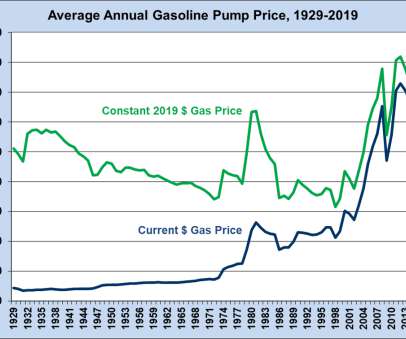DOE: Adjusted for inflation, the price of gasoline in 2019 was similar to the price in 1929
Green Car Congress
DECEMBER 22, 2020
The graph below shows the effect of the oil embargo in the early 1980s. From 2002 to 2008, the price of gasoline rose substantially, but then fell sharply in 2009 during the economic recession. In 2012, prices reached the highest level in both current and constant dollars but began a steep decline thereafter.

































Let's personalize your content